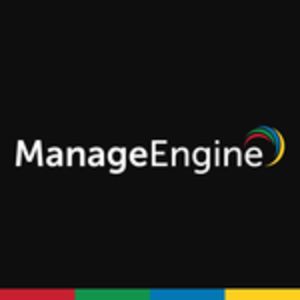Support is moderate and needs improvement, especially during weekends when technicians perform upgrades. During weekends, they need to provide more support to ensure a smooth transition. There is a call for ManageEngine OpManager to scale better in automation and AI functionality. Although the product stability is good, support enhancement is necessary to enable better planning for upgrades and maintenance activities.




